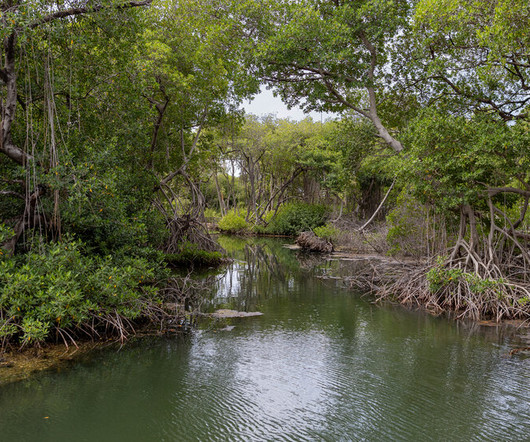New study concludes oil sands development has significantly increased PAH and DBT loadings in regional lakes; combined with effects of climate change, a “new ecological state” for the lakes
Green Car Congress
JANUARY 9, 2013
Standardized values (Z scores) of (A) visible reflectance spectroscopy (VRS) chlorophyll a inferences from the five lakes proximate to major oil sands operations as indicators of lake primary production; (B) total PAH concentrations and (C) total DBT concentrations from all six study sites. Source: Kurek et al. Click to enlarge.





























Let's personalize your content